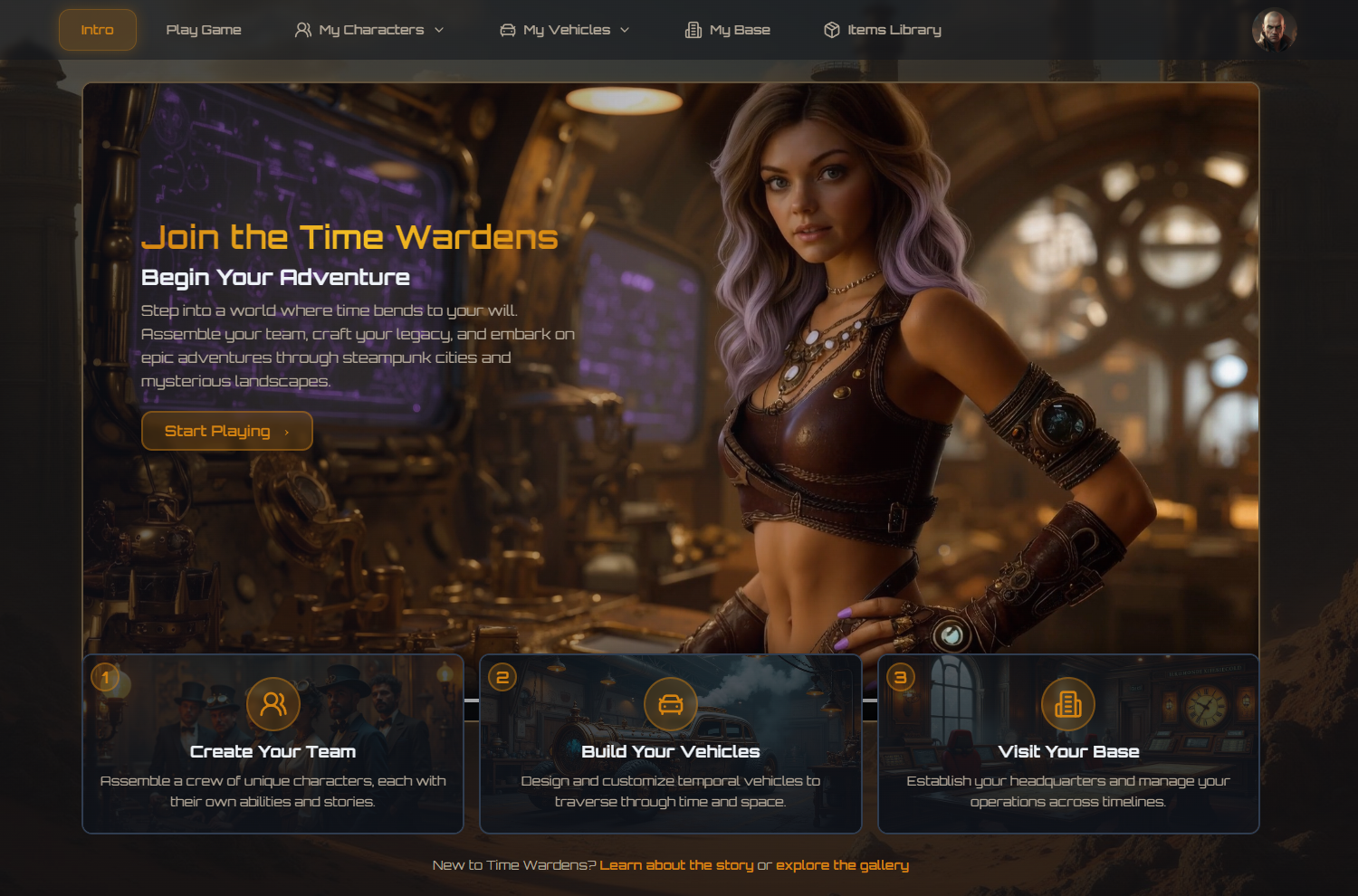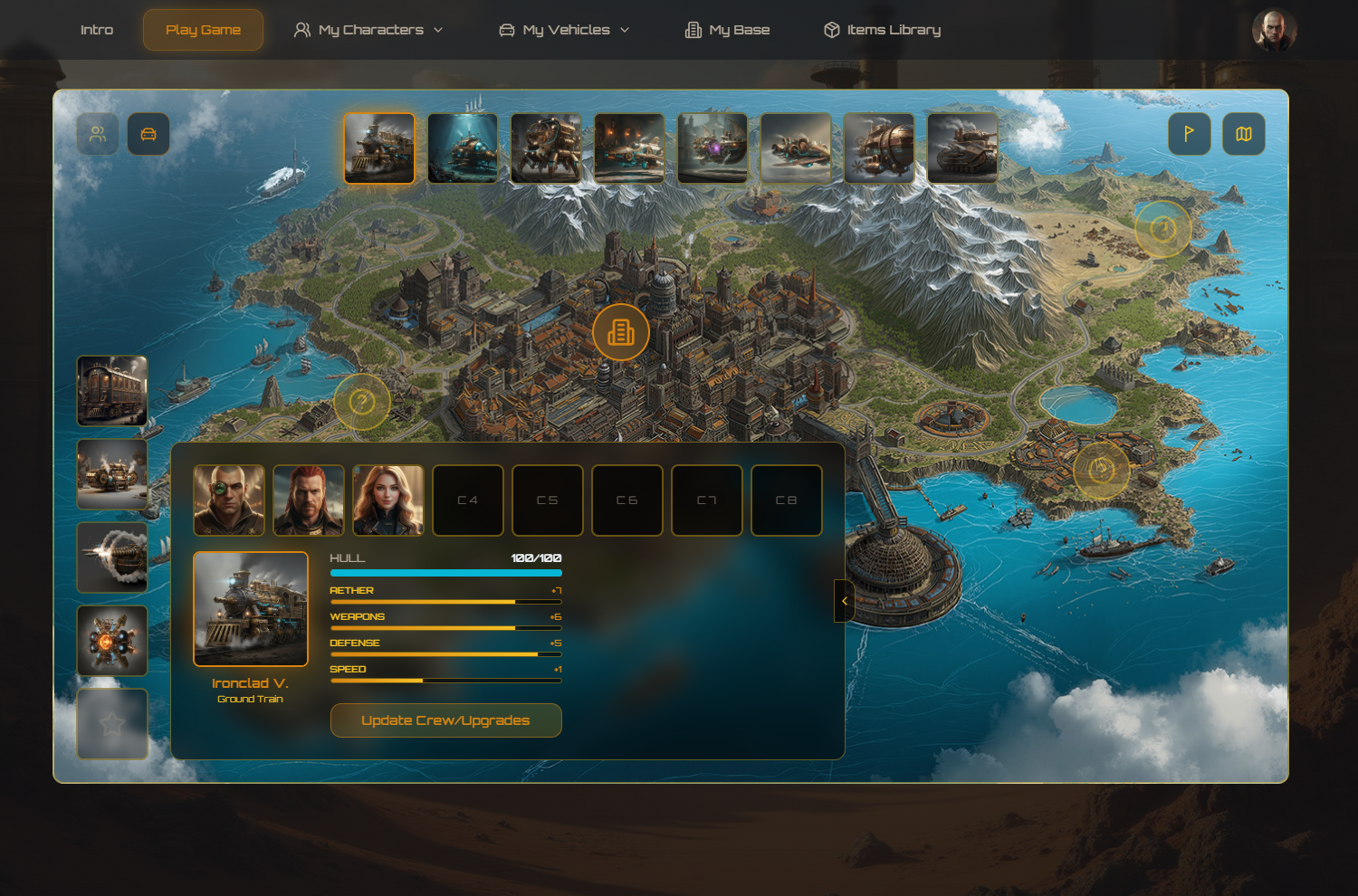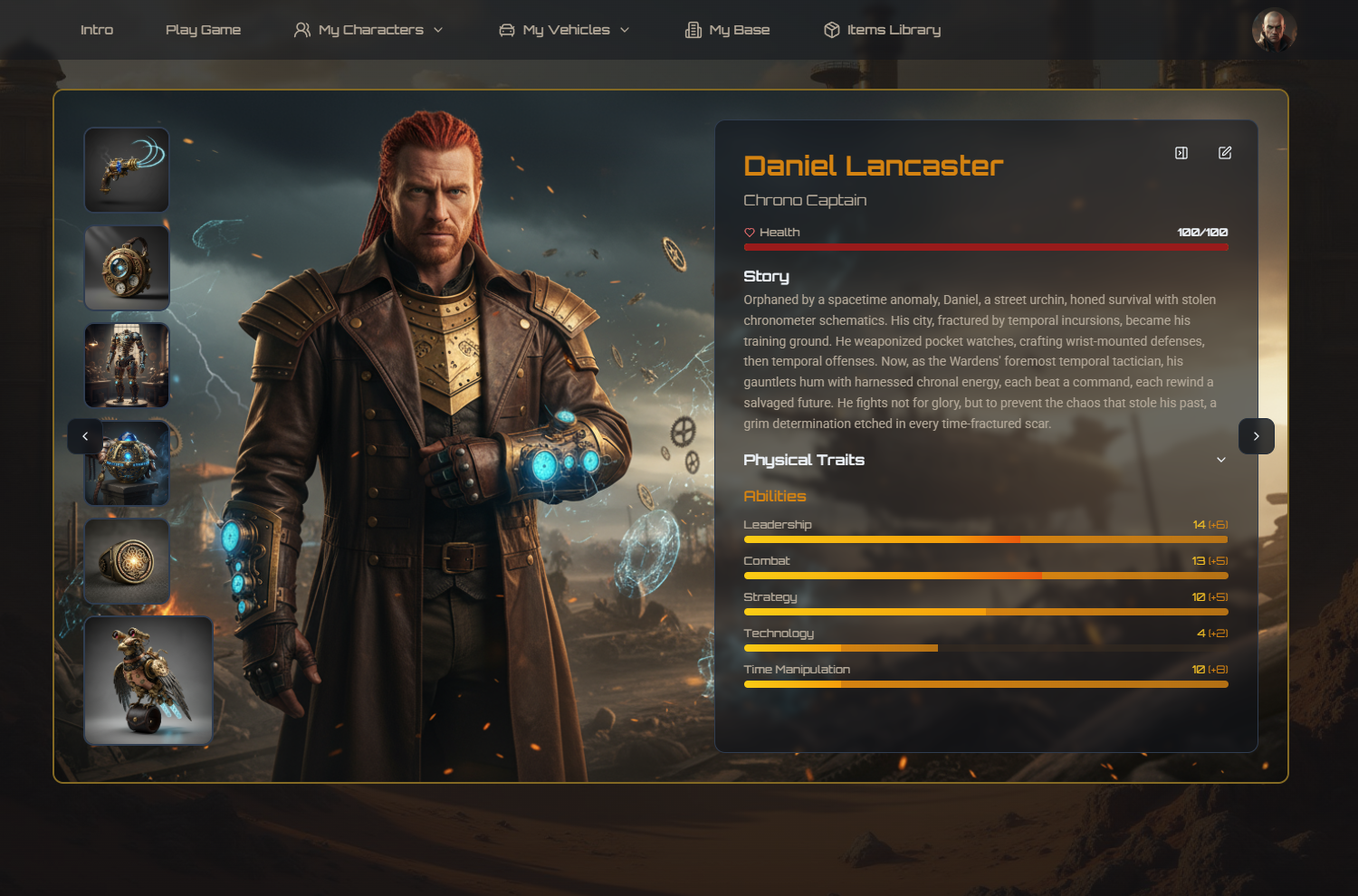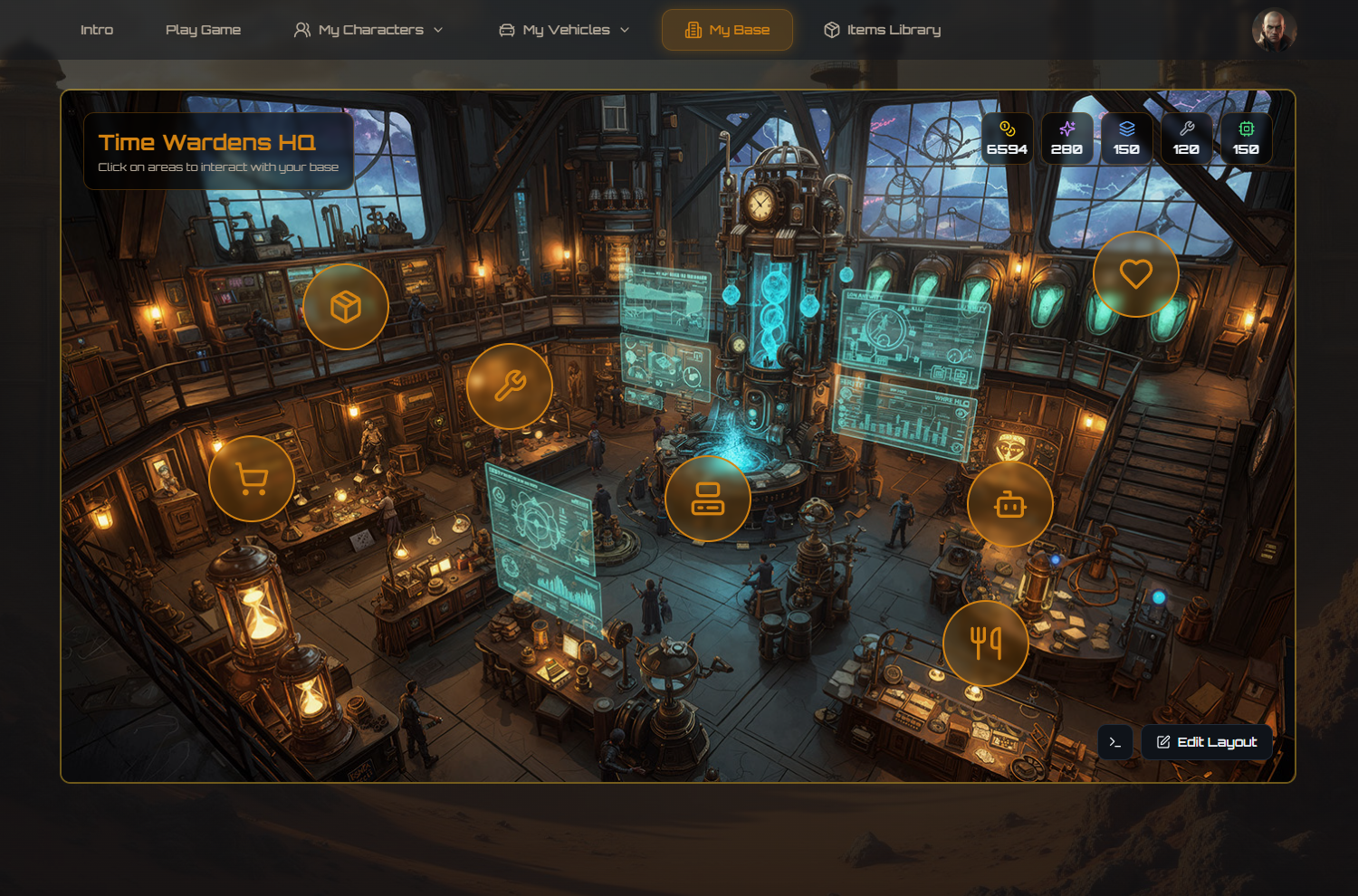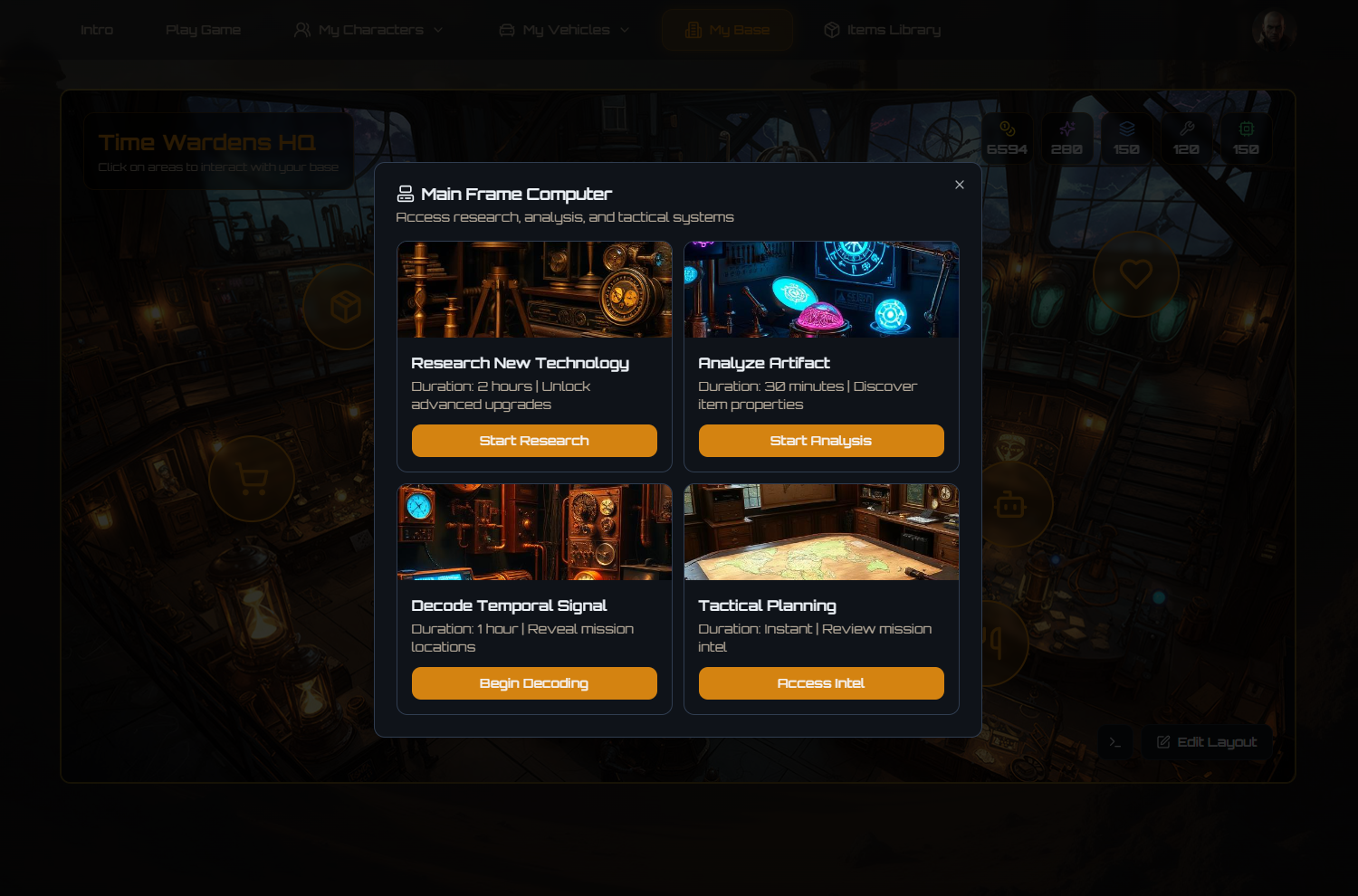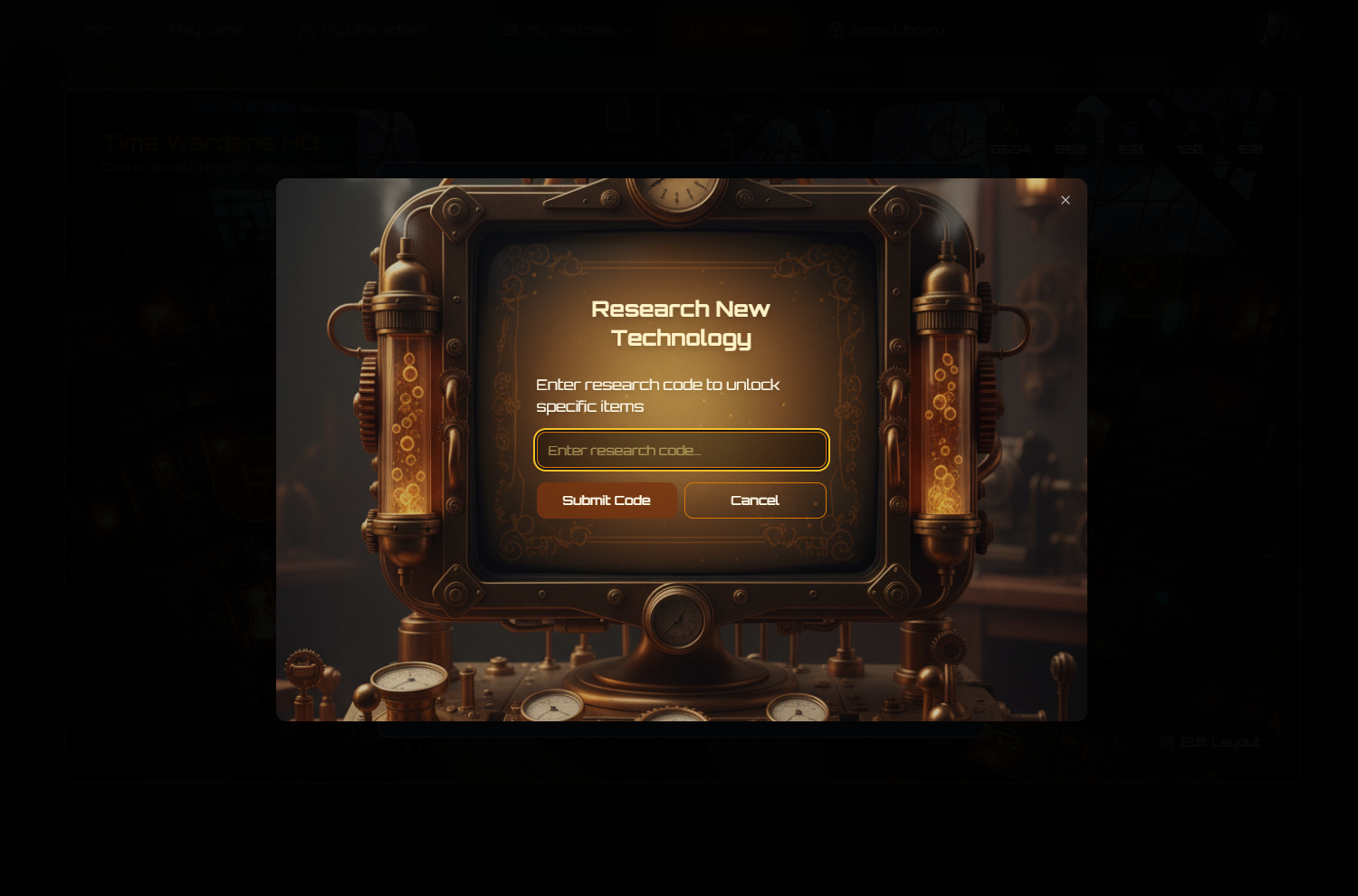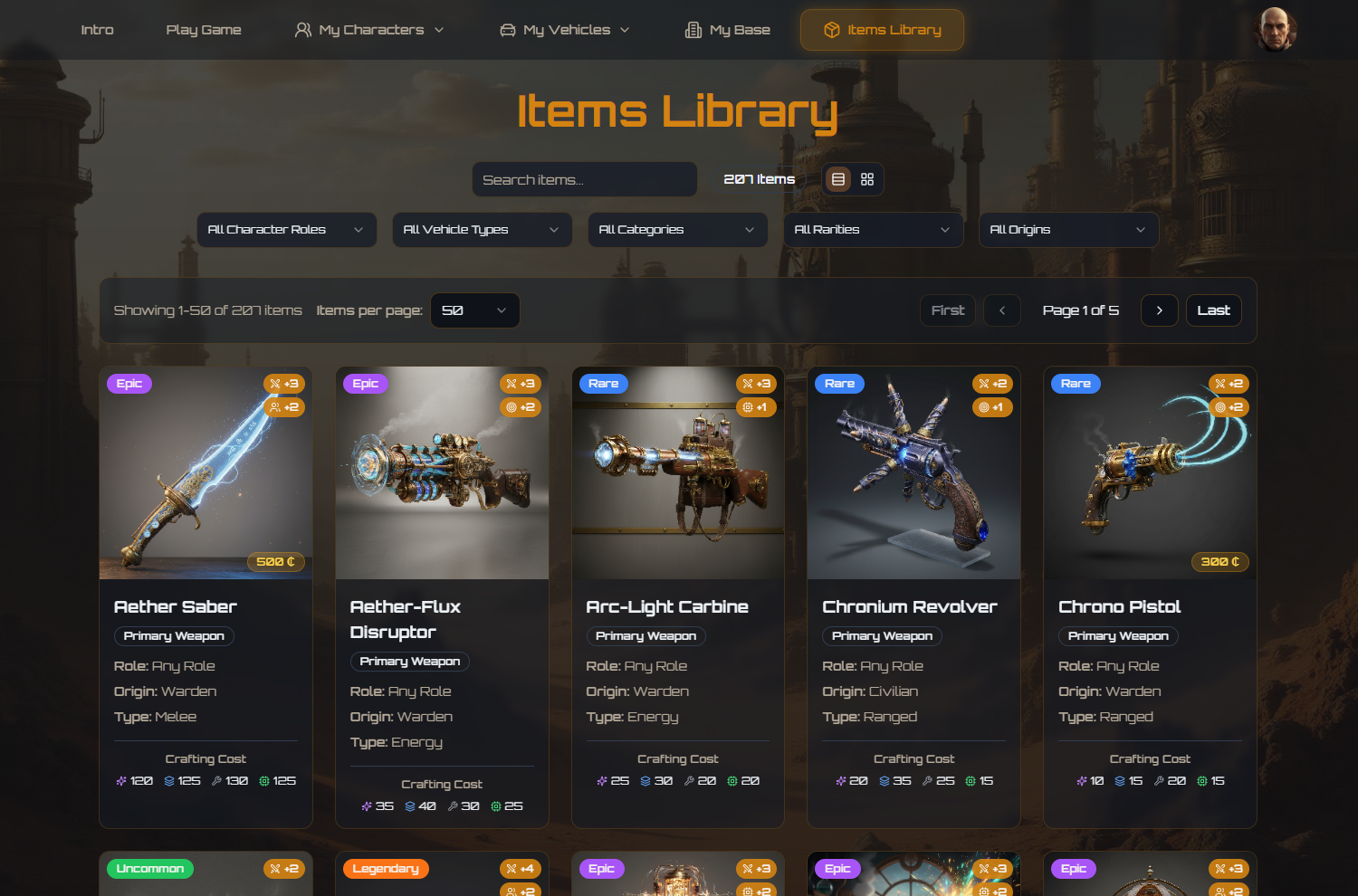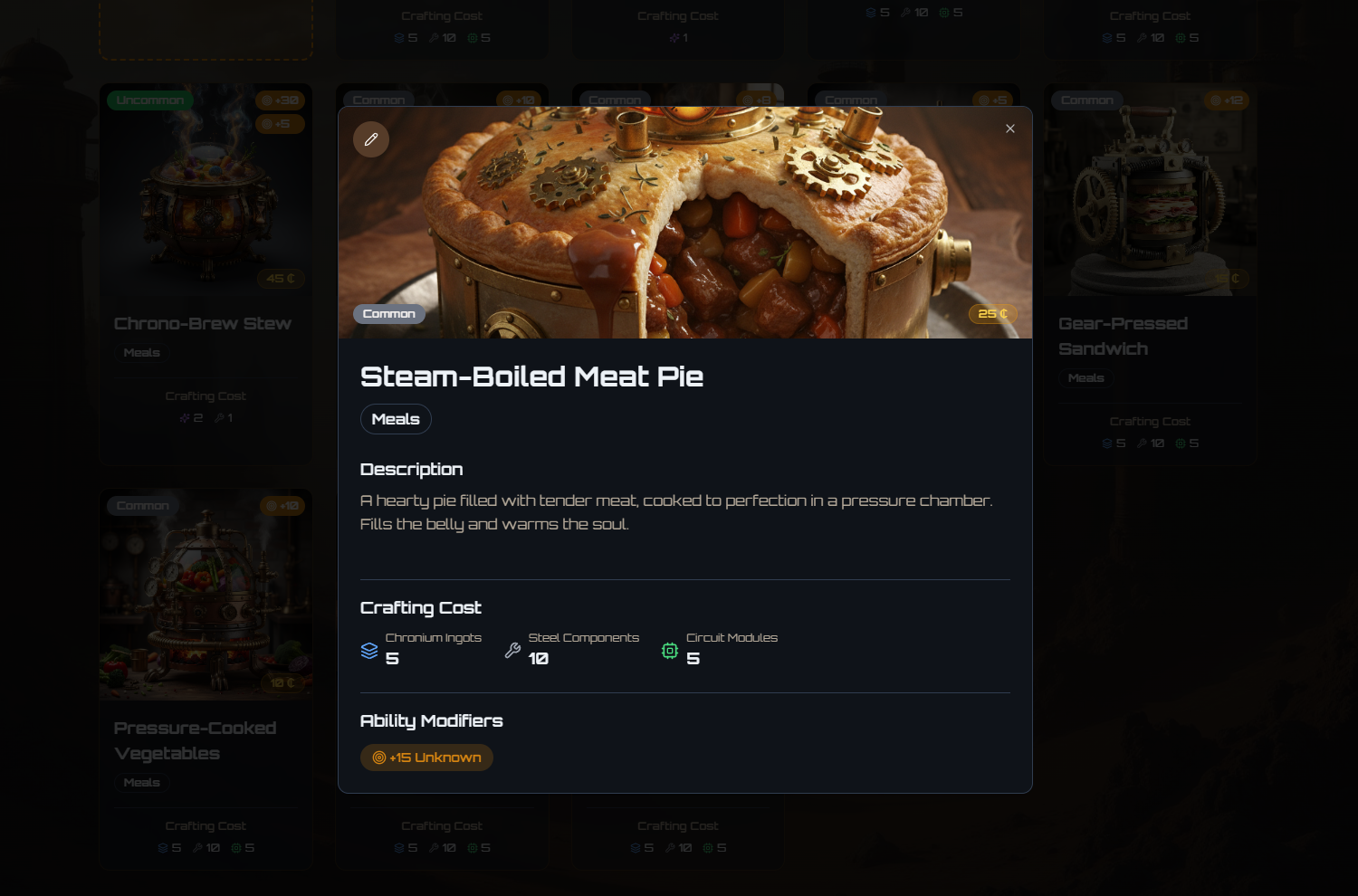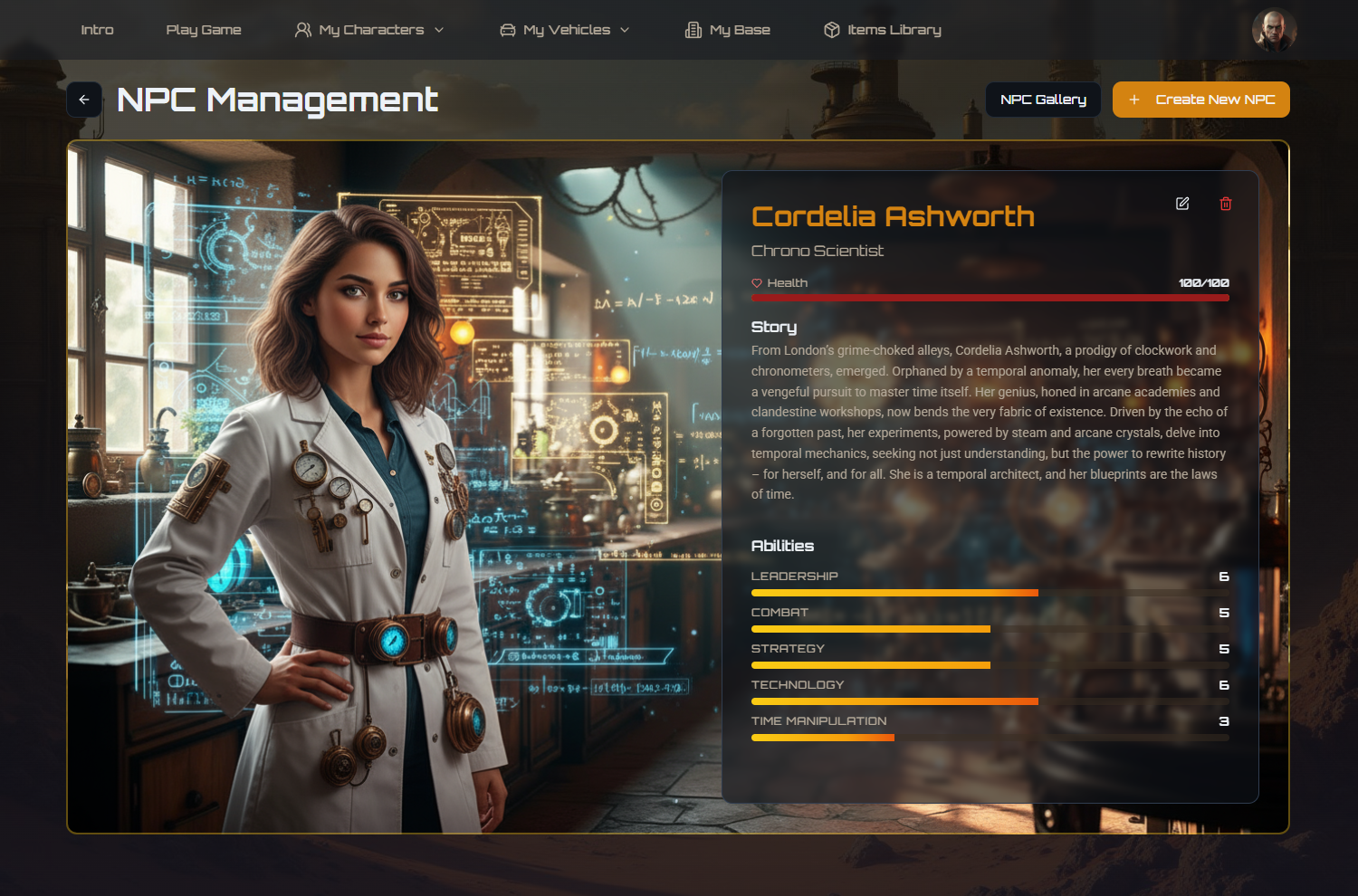Between 1988 and 1992, as a teenager with a sketchbook, I dreamed up a universe of characters I called Spyfire. They were bold, tactical heroes living in a world of futuristic gadgets, time-traveling adventures, and mysterious enemies. I would spend hours drawing them, sometimes on loose-leaf paper during school breaks, sometimes in the margins of my notebooks, bringing their personalities and stories to life the best way I knew how: pencil, pen, and imagination.
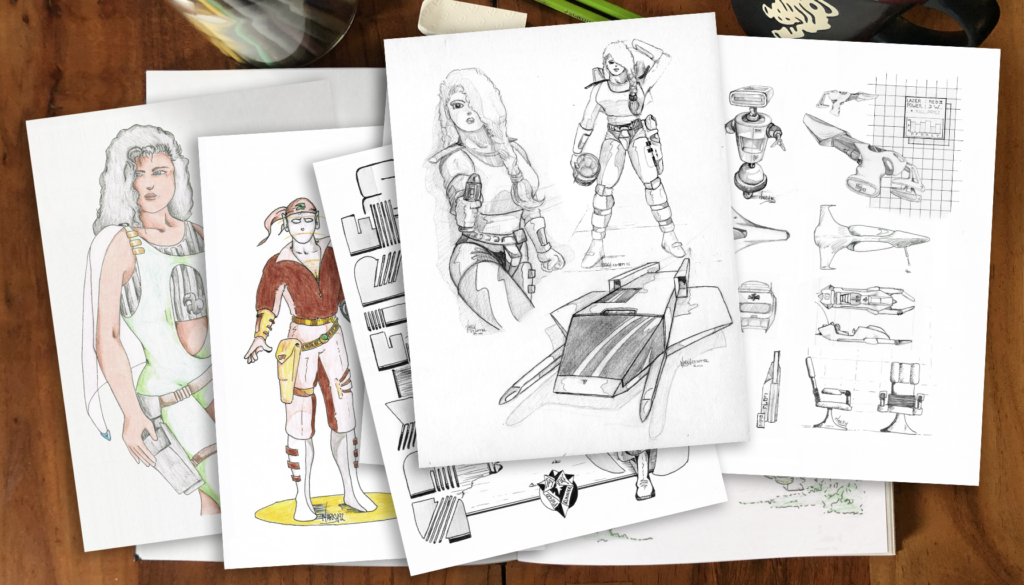
Those drawings became one of my creative escapes. They were my first steps into world-building, storytelling, and visual design, long before I ever knew that this kind of creative work would follow me through my career. Looking back, I realize that Spyfire was more than doodles. It was the seed of what would eventually evolve into Time Wardens.
Fast forward to today, decades later, and I have had the incredible opportunity to revive those same characters using AI tools. With platforms for AI image generation, 3D modeling, and even voice synthesis, I can finally visualize my teenage heroes the way I always imagined them. Seeing Michael, Melanie, Krystina, and others step out of the sketchbook and into hyper-realistic images feels like opening a time portal to my own past.
This project has been more than just nostalgia. It has been about reconnecting with the joy of unfiltered creativity. As a kid, I did not worry about perfect lines or whether the story made sense. I just created. Now, AI gives me the chance to bring that raw creativity forward into something cinematic, immersive, and sharable with the world.
Learning the Tools to Tell a Bigger Story
One of the most exciting parts of this journey has been learning how to use different AI tools together to bring my characters and worlds to life in motion. What started as still images quickly grew into animated sequences, voice acting, and ultimately a full cinematic trailer for Time Wardens.
Each tool became a piece of the puzzle: AI for character portraits, video generation for cinematic scenes, voice AI for narration, and editing software to stitch it all together. I had to experiment, fail, learn, and retry. It was almost like being a teenager again, only this time with an infinite creative toolbox. The trailer became a milestone, a chance to showcase not just the characters but the world they live in. It felt like Spyfire had finally evolved into Time Wardens, not just on paper but on screen.
Building the Time Wardens Online Game
That creative spark did not stop at the trailer. I wanted players to step into the world I had imagined. So I built an online “Choose Your Own Adventure” style game where players can assemble their own team of Time Wardens, make decisions that shape the story, and explore a steampunk universe filled with mystery and time-bending technology.
Using modern web app tools (e.g. Lovable) and AI-assisted systems, I was able to design game logic, dialogue choices, and interactive visuals without traditional coding. It has been an amazing learning curve, discovering how to create full-fledged online apps while blending storytelling, design, and gameplay into a single experience.
The Time Wardens Online Game is more than a passion project. It is a living world born from sketches, imagination, and decades of creative evolution.
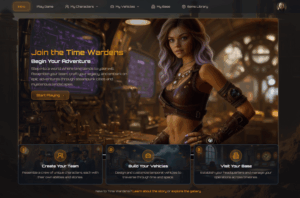

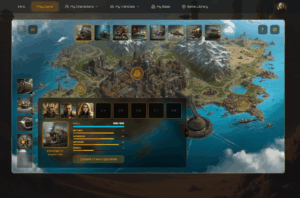
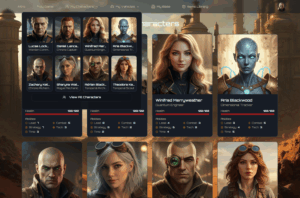
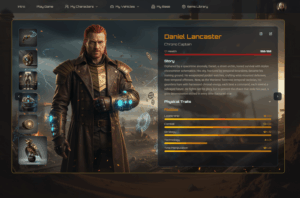

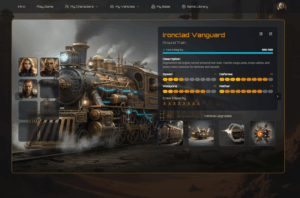
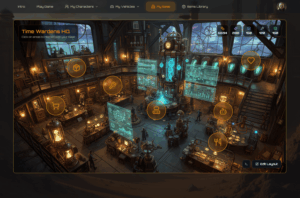


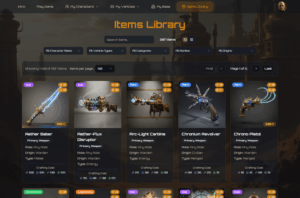
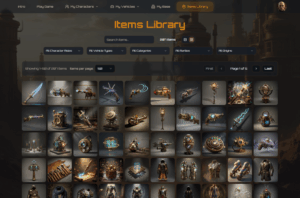
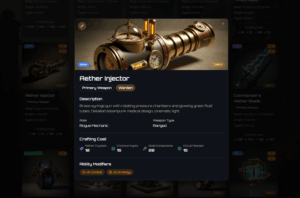

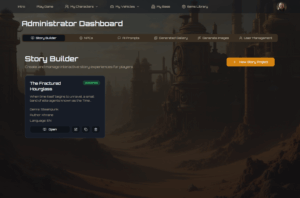



Looking Back and Looking Forward
In this post, I will be including a few of my original teenage drawings alongside their modern AI counterparts. You will see the direct lines between the early pencil sketches of Spyfire and the fully realized, steampunk-inspired Time Wardens they have grown into today.
I do not know where this project will go next. Maybe more game chapters, maybe a board game or short film. What I do know is that revisiting these characters has been a fun and meaningful journey that reminded me of the spark that started it all, the joy of creating something from nothing.


